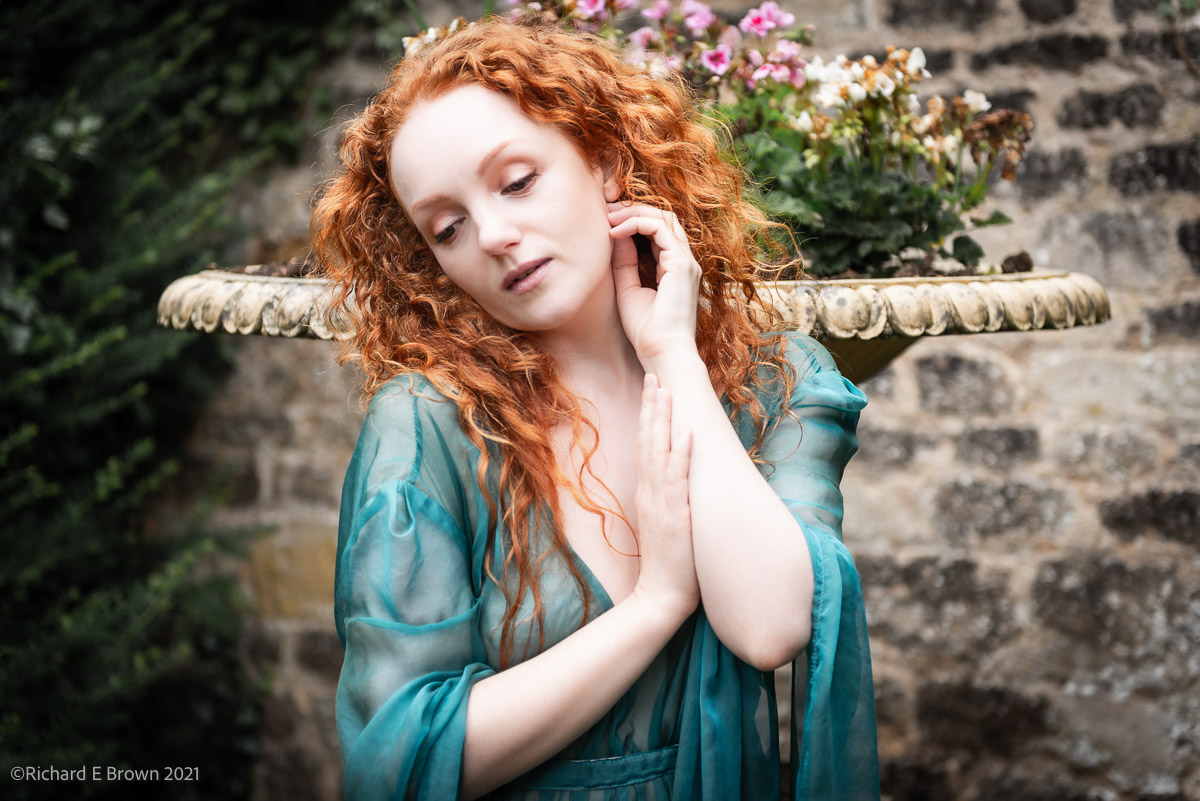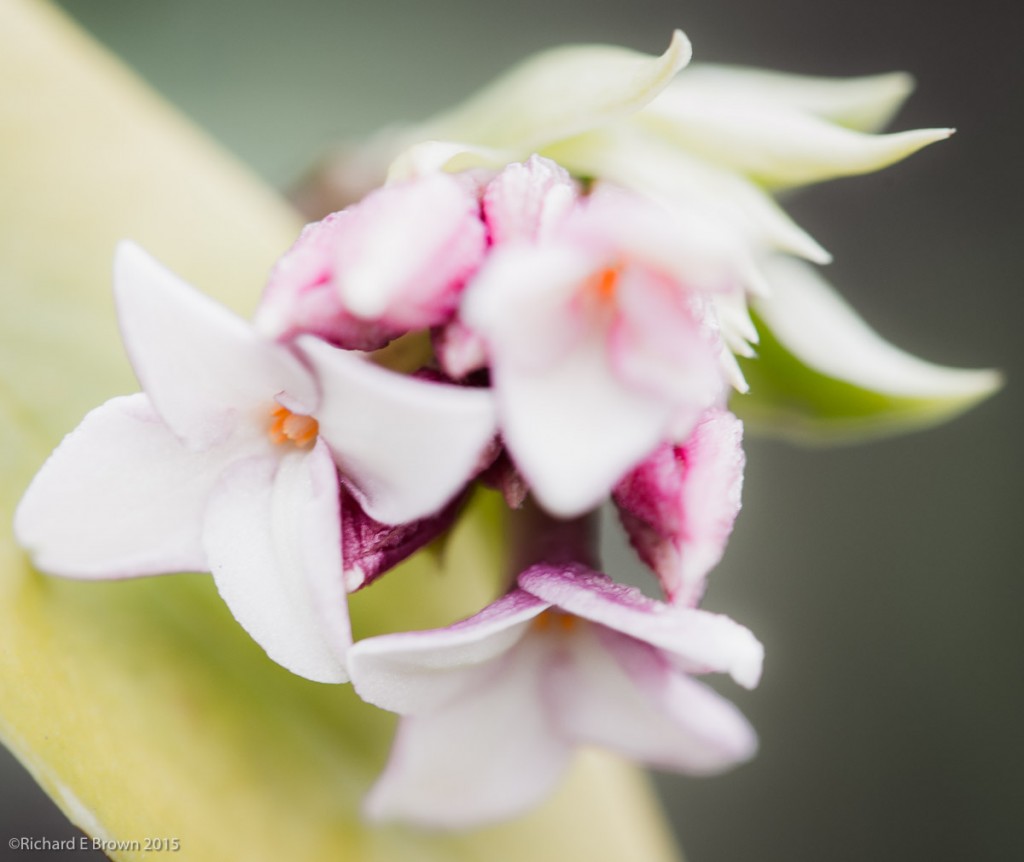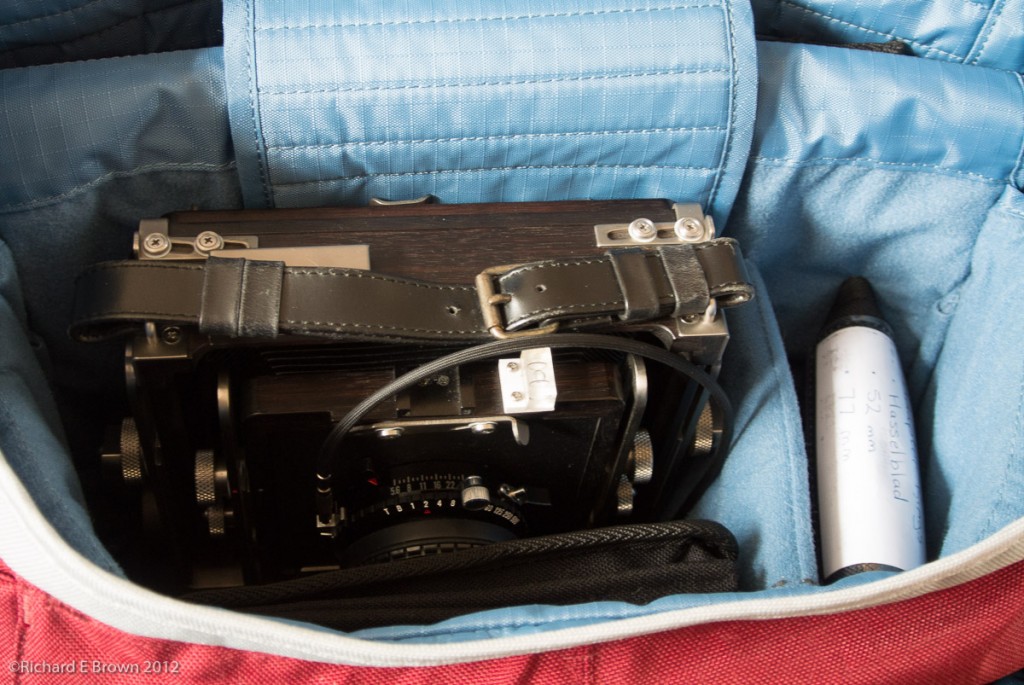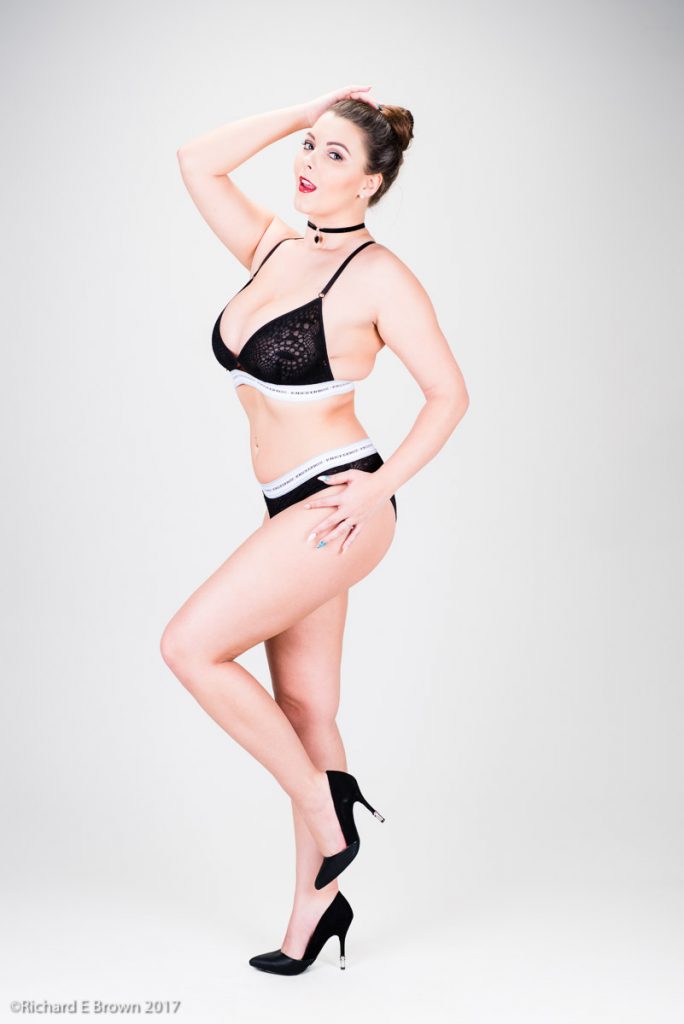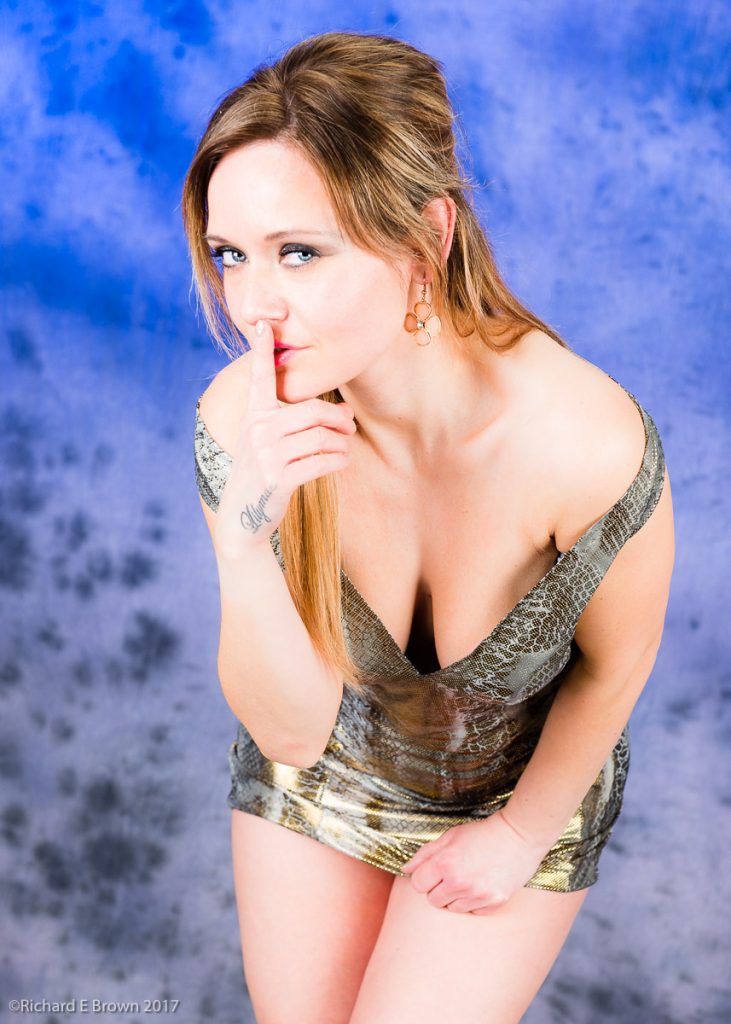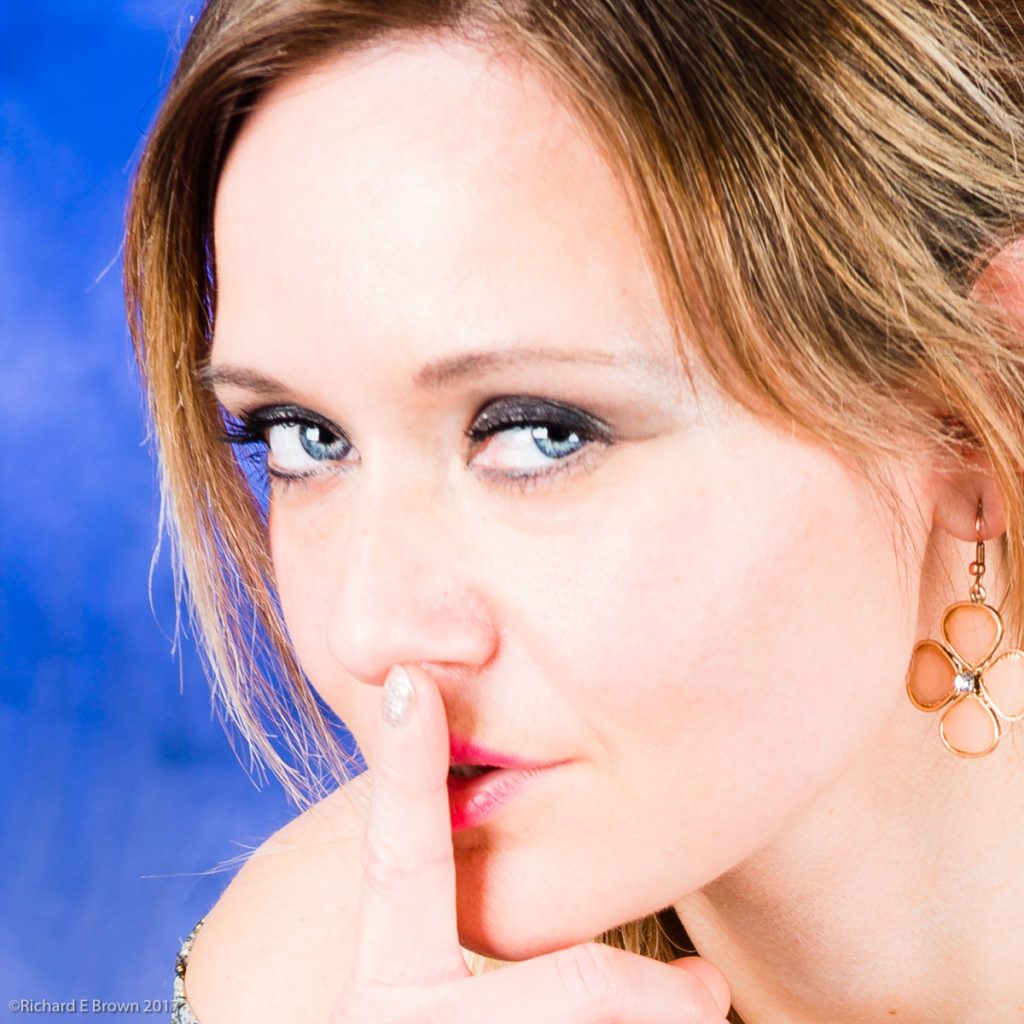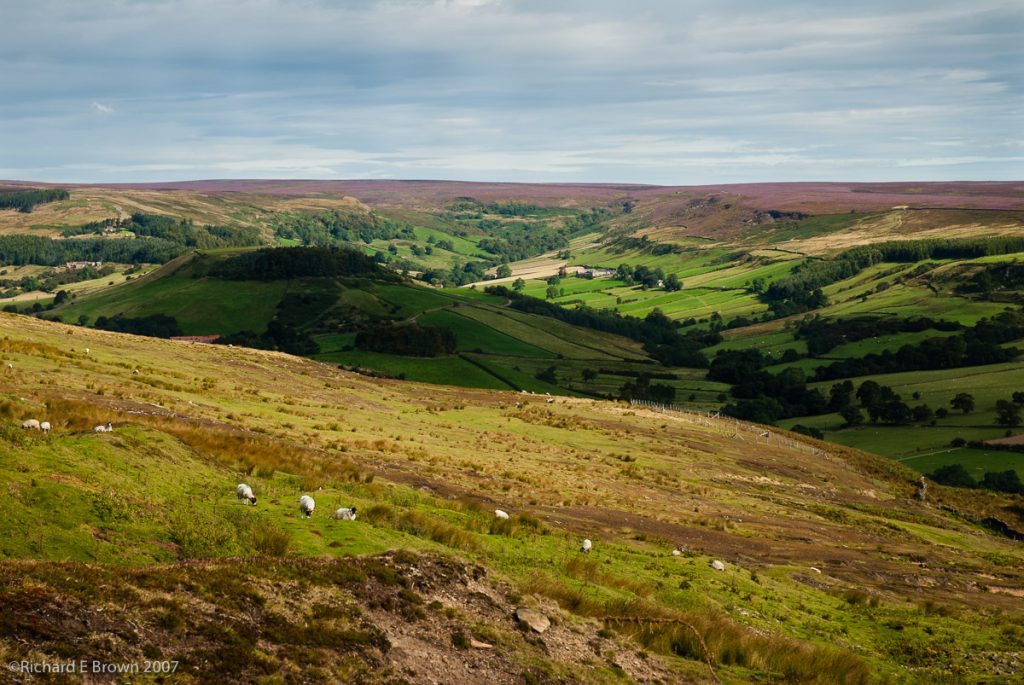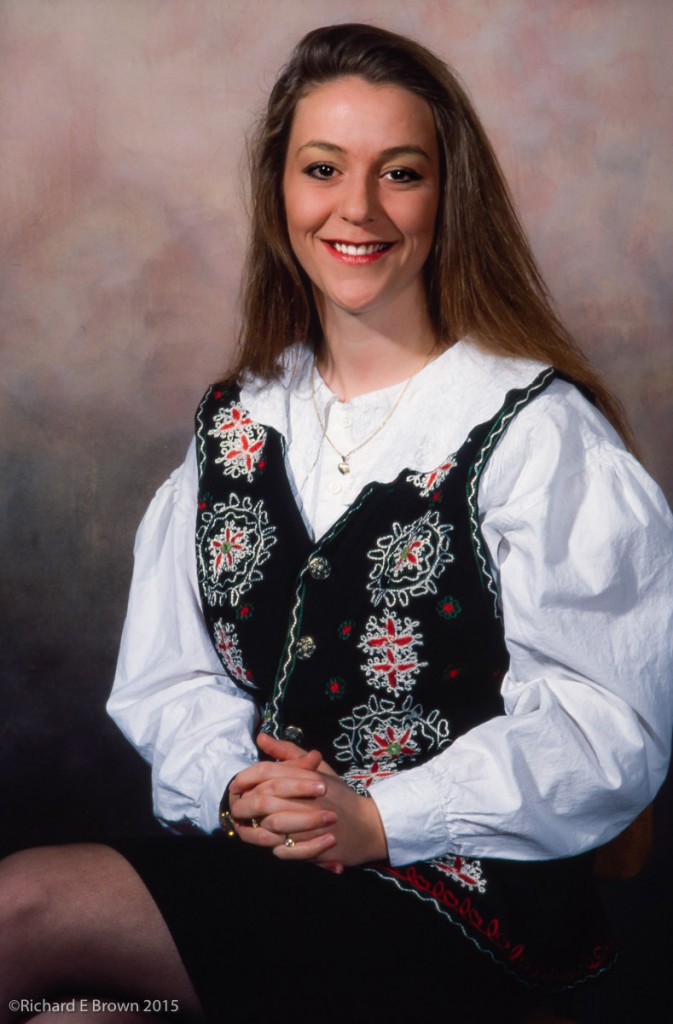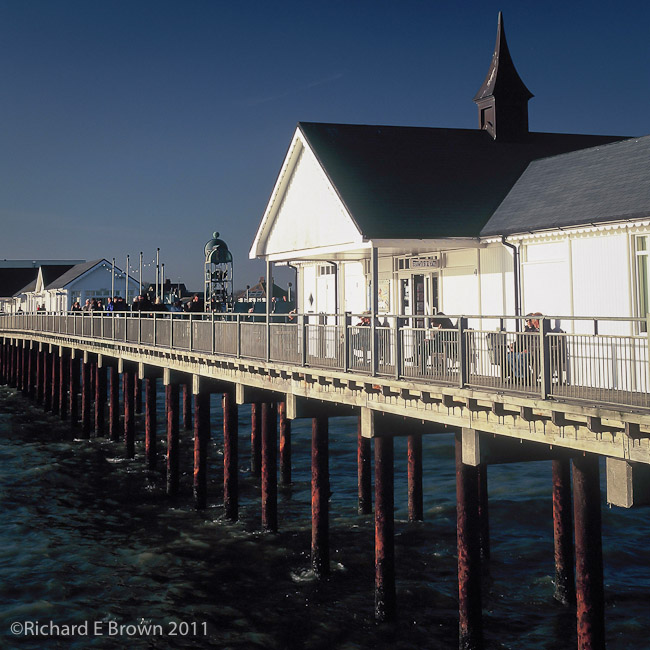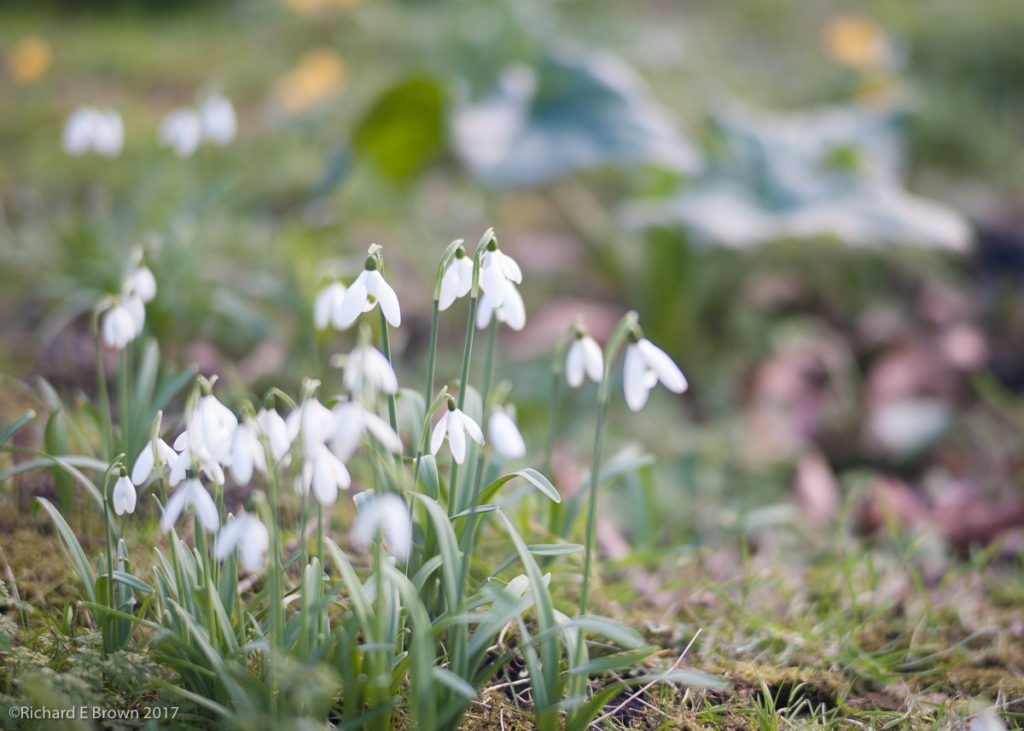
The history of digital photography is of ever better sensors, more dynamic range, less noise and more megapixels.
Generally manufacturers like to be top of the tree in the megapixel race. It’s easy for customers to understand. The bigger the number the better right?
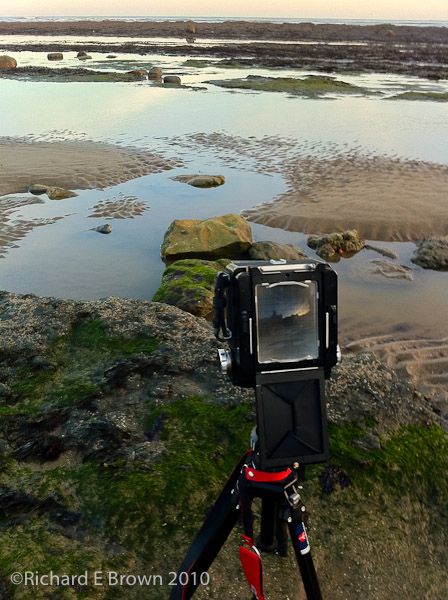 Well actually more megapixels generally come at a cost, and that is increased risk of camera shake, showing up imperfections in your shooting style, in your equipment but also less of the useful parts, i.e. generally less dynamic range and more noise.
Well actually more megapixels generally come at a cost, and that is increased risk of camera shake, showing up imperfections in your shooting style, in your equipment but also less of the useful parts, i.e. generally less dynamic range and more noise.
It’s only because of the very fast evolution of digital sensors that we are still seeing improvements in all areas.
Many people are surprised that you only 6 MP (megapixels) to print a good quality A4 print.
The shock to people is that it general takes a fourfold increase in megapixels to be easily visible to the human eye.
 Thus when considering a jump in resolution if you currently have a 6 MP camera then you need to jump to 24 MP to see a noticeable improvement in resolution. That is not to say a camera upgrade is not worth it, as you will gain in other areas, but as digital sensors reach maturity it’s going to difficult to justify an upgrade.
Thus when considering a jump in resolution if you currently have a 6 MP camera then you need to jump to 24 MP to see a noticeable improvement in resolution. That is not to say a camera upgrade is not worth it, as you will gain in other areas, but as digital sensors reach maturity it’s going to difficult to justify an upgrade.
While waiting for my Leica M10 I have been watching the forums, especially the Leica medium format section.
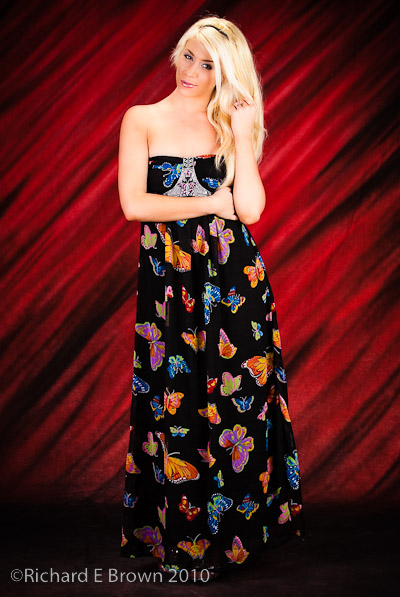 Current medium format cameras go from 36 MP to 100 MP and it’s interesting looking at the reasons for people’s choices. A number of portrait photographers who shoot large numbers of people tend to want less megapixels to speed up editing and work flow, while product photographers who only shoot a few frames want as many megapixels as possible.
Current medium format cameras go from 36 MP to 100 MP and it’s interesting looking at the reasons for people’s choices. A number of portrait photographers who shoot large numbers of people tend to want less megapixels to speed up editing and work flow, while product photographers who only shoot a few frames want as many megapixels as possible.
Thus a portrait photographer is probably quite happy with a 36 – 50 MP camera while a product photographer maybe investing in a 100 MP back with pixel shift giving an effective resolution of 200 MP.
